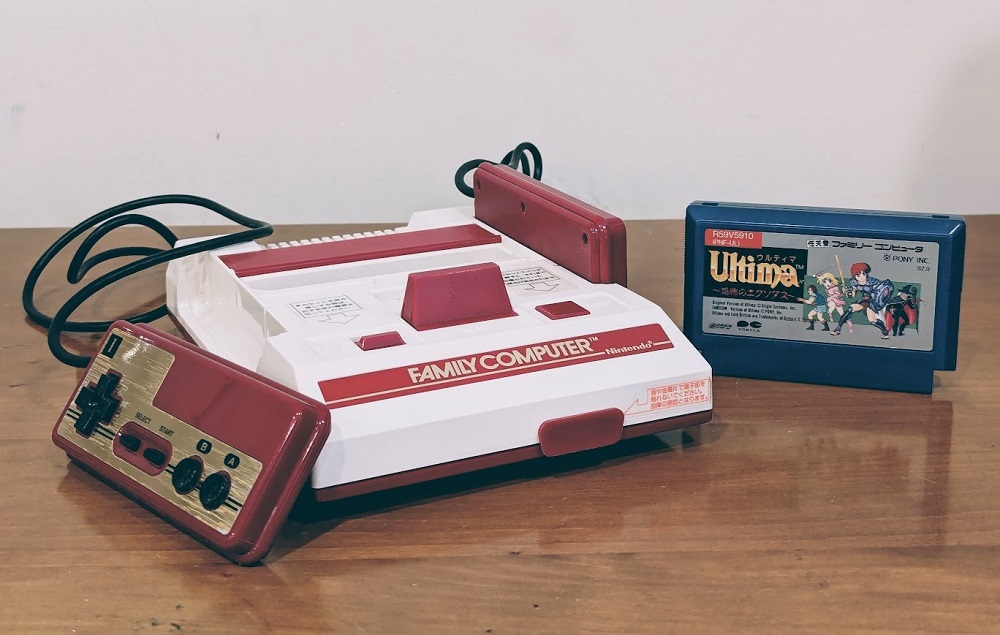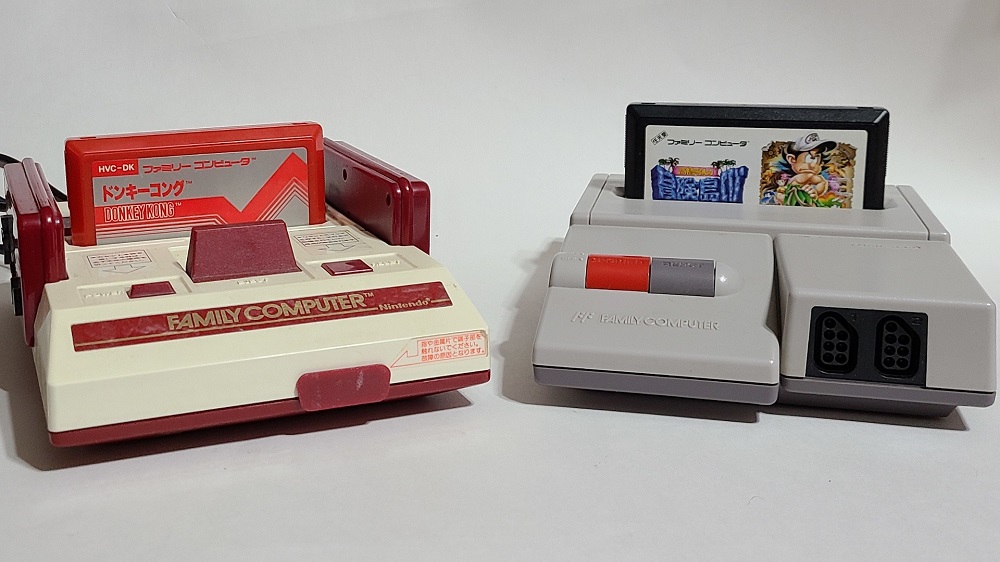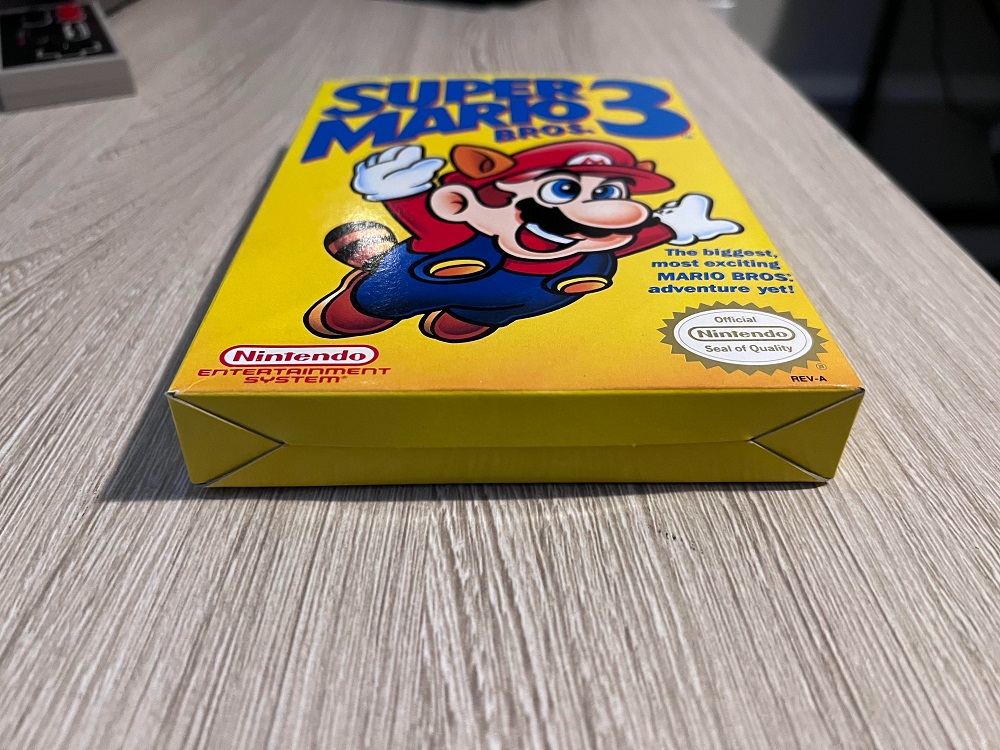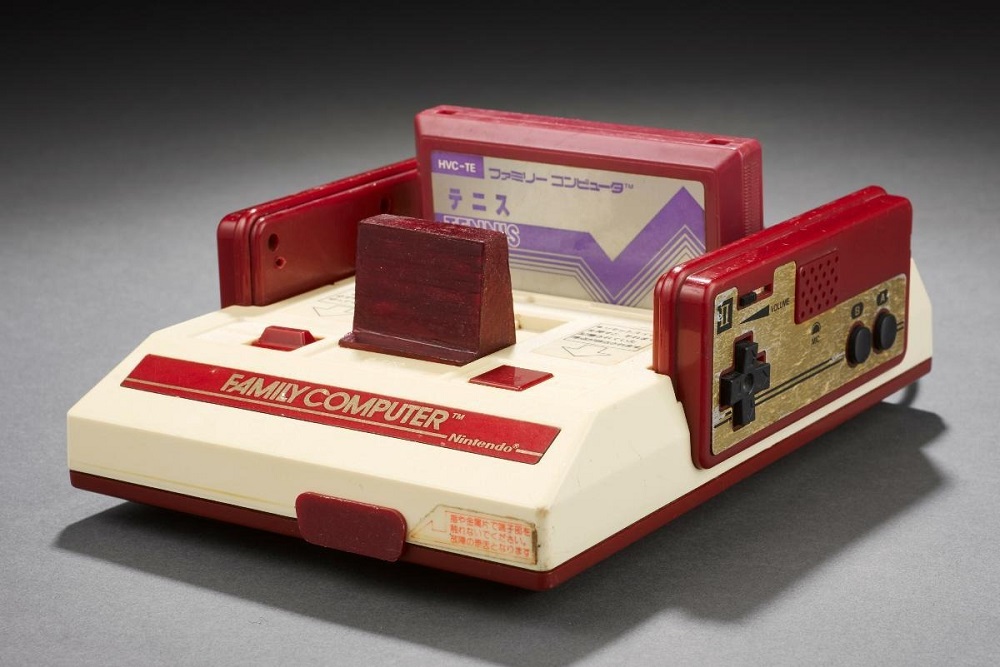In a gaming world still reeling from the North American video game crash of 1983, one machine quietly launched in Japan and rewrote the rules forever. The Nintendo Family Computer, better known as the Famicom, didn’t just revive console gaming—it reinvented it.
From humble beginnings to global domination as the NES, the Famicom became a cultural and technological phenomenon. Let’s explore how this red-and-white console from Kyoto changed gaming history forever.
A Console Born in Crisis

When Nintendo released the Famicom in July 1983, the global gaming landscape was fractured. The North American market was collapsing under poor-quality software, while Japan had no dominant home console yet.
Nintendo, known primarily for toys and arcade hits like Donkey Kong, gambled on a home console that was affordable, flexible, and easy to update via cartridges.
The result? A charming red-and-white box powered by a Ricoh 2A03 8-bit processor—and a revolution in entertainment.
Why Famicom Was a Game-Changer
1. Reliable Hardware & Cartridge-Based Games
Unlike Atari’s shaky quality standards, Nintendo engineered the Famicom to be robust and scalable. Games loaded via cartridges allowed developers to expand content and reduce bugs.
2. Built-in Controllers with Microphone
The two hardwired controllers included a built-in mic and design suited for Japanese gaming habits—compact, comfortable, and intuitive.
3. Software Curation
Nintendo handpicked what games could release on Famicom, enforcing quality control through a licensing system—an innovation that ensured consistently high-quality titles.
4. Memorable IPs
The Famicom introduced the world to enduring franchises like Super Mario Bros., The Legend of Zelda, and Metroid. These weren’t just games—they were blueprints for modern design.
Famicom vs. the Rest of the World
Although the Famicom launched in Japan in 1983, it didn’t reach North America until 1985—rebranded as the Nintendo Entertainment System (NES) with a different design to distance it from the console crash stigma.

But in Japan, the Famicom was already dominating. Competing systems like the Sega SG-1000 launched on the same day but failed to match Nintendo’s blend of tech, marketing, and magic.
✨ Curious about how other consoles fared during this era? Explore The Rise and Fall of Atari or Magnavox Odyssey’s debut.
Cultural Impact in Japan
The Famicom didn’t just change how people played—it redefined how they lived. Children organized their days around after-school Famicom sessions. Rental stores boomed. Magazines like Famitsu were born.
The system even changed language: “Famicom” became a generic term for all game consoles in Japan, like “Xerox” or “Google” in other contexts.
In 1986, the Famicom Disk System expanded storage via floppy disks, enabling save data and larger games like The Legend of Zelda. Though it never reached the West, it proved that Nintendo wasn’t just chasing success—it was engineering the future.
Global Evolution into the NES
Nintendo’s decision to rebrand the Famicom as the NES for international markets was more than cosmetic. They redesigned the hardware to resemble a VCR, included a “lock-out chip” to control game licensing, and launched Super Mario Bros. as the killer app.

The rest is history. The Famicom’s DNA lives on in the NES Classic, Switch Online libraries, and indie titles inspired by 8-bit design.
Technical Specs at a Glance
| Feature | Famicom |
|---|---|
| CPU | Ricoh 2A03 (8-bit) |
| Resolution | 256×240 |
| Colors | 52-color palette |
| Audio | 5 sound channels |
| Controller Ports | Hardwired + built-in mic (player 2) |
| Storage Medium | ROM cartridges (later Disk System) |
| Released | July 15, 1983 (Japan) |
Where Famicom Lives Today
Collectors revere the original Famicom for its design and history. Reproductions and flash cartridges allow modern players to revisit Mother, Dragon Quest III, and Kid Icarus in their original Japanese forms.
Online platforms like Oldies Nest also help preserve these games, with curated patches, guides, and retrospectives available for fans of every level.
The Nintendo Famicom didn’t just succeed—it defined success. In a time when gaming was considered a passing fad, this red-and-white machine from Kyoto changed everything.
Its influence stretches across continents, decades, and generations. Whether you grew up with a Famicom or discovered it through retro revival, its legacy is undeniable.
At Oldies Nest, we celebrate consoles like the Famicom because they laid the foundation for everything we love in gaming today.

Comments
Loading comments...